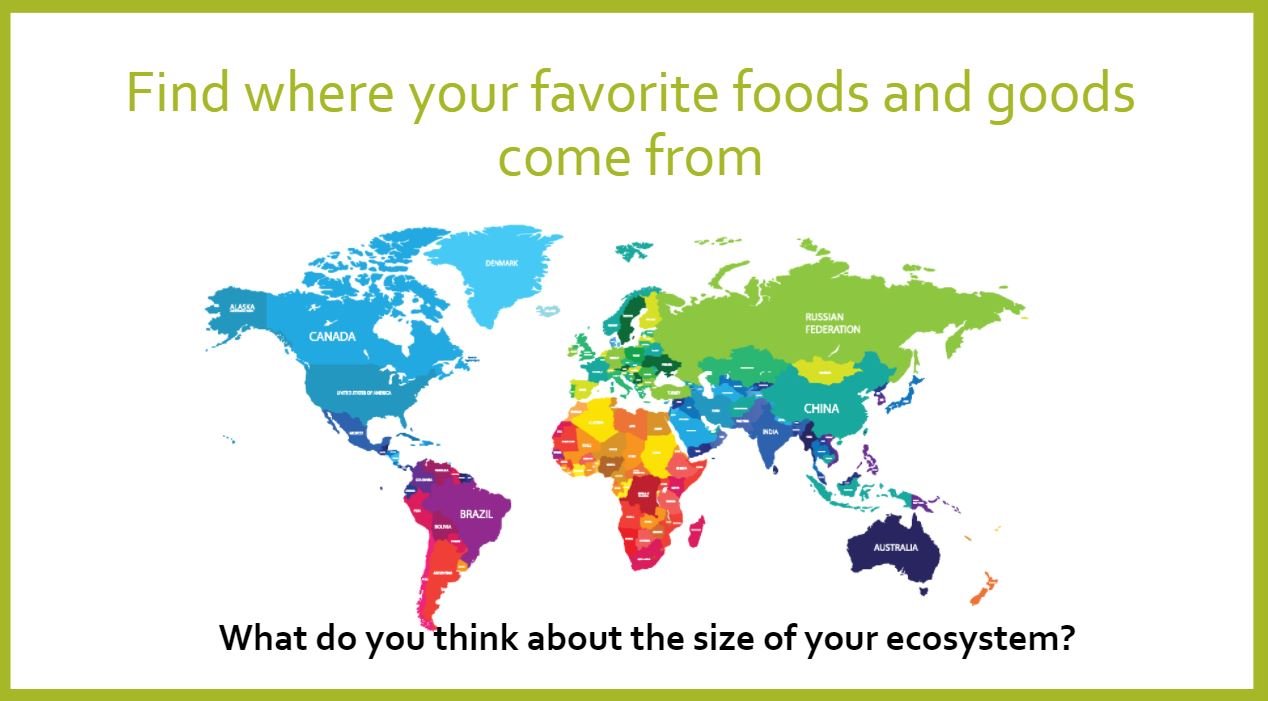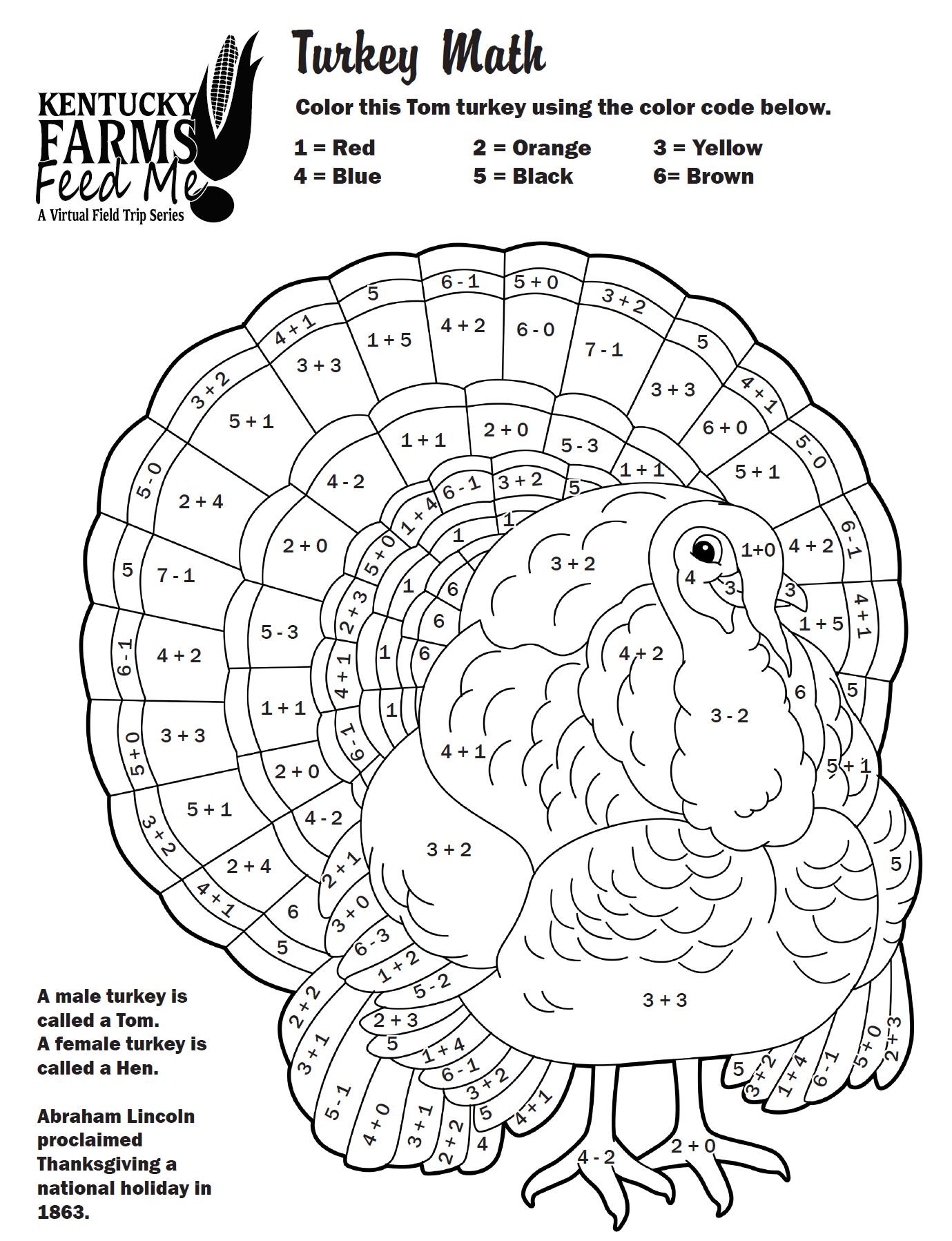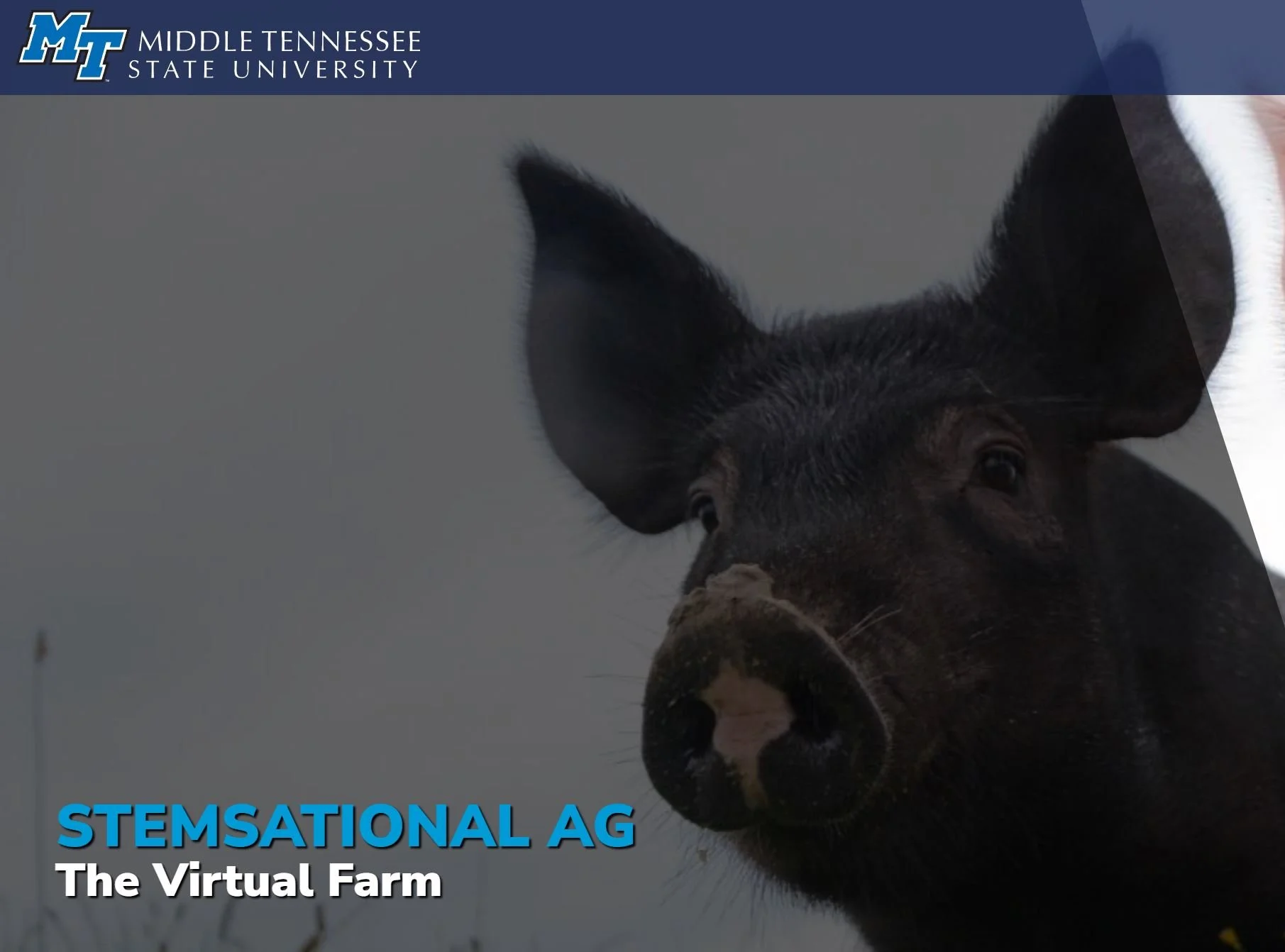Intermediate & Secondary Economics: Students will understand that the foods and natural resources they consume come from a broad ecosystem due to our farming, transportation, and commerce systems.
Read MoreMATH: There are four versions of this worksheet: Counting/Number ID, Simple Addition and Subtraction to 6, Multiplication, and Fraction Conversion.
Read MorePRIMARY & INTERMEDIATE SCIENCE: Find different versions of our chicken life cycle worksheet and a Google Classroom version that can be digitally manipulated.
Read MoreALL GRADE LEVELS - ART or introduction to genetic traits - Students will either use a dice or their own characteristics to create a unique chicken.
Read MoreIntermediate & Secondary Science & Engineering: Students will explore how to best care for animals, then create a modern pig barn where the animals’ needs are met in a safe and comfortable environment.
Read MoreWhere does our food and clothing come from? There’s a lot more to Agriculture, the system that provides us with crops we eat and fibers we use to make clothing, than most people are aware of. Students will learn about this amazing modern industry with roots that stretch back to the beginning of civilization through the Modules and Units that cover a wide range of topics. Everyone is sure to learn something new!
Read MoreBeef U course content is your comprehensive resource on all things beef. This free, interactive training program gives aspiring retail professionals and foodservice operators access to the resources that can help market beef and further understand the beef industry – spanning hot topics from beef production and nutrition to today’s modern beef consumer.
Read MorePractice your math skills, something used every day by cattle producers, to full in the right colors. From the Beef Council.
Read MoreLearn more about the cattle business in Kentucky while solving puzzles and word finds. From the Kentucky Beef Council.
Read MoreStudents will explore concepts of heredity in beef cattle and identify dominant and recessive traits.
Read MoreHave students learn all about poinsettias, their unique parts, and their role in holiday traditions. A coloring page is included.
Read MoreGrades 4+: This Google Slide presentation focuses on how Kentucky farmers control soil erosion, as soil is one of our most precious resources for food production. The last slide provides a video demo of how different soil coverings impact how much soil washes away during a rain storm.
Read MoreThis 60-minute documentary features innovative farmers and soil health experts from throughout the U.S. Accompanying lesson plans for college and high school students. It starts with a reminder of the Dust Bowl and how today’s farmers are improving soil health.
Read MoreLearn the life cycle, jobs, and communication skills of honey bees!
Read MoreGrades 4+: Students will develop an appreciation and understanding of the natural development of seeds, learn the anatomy and function of each seed part through a seed dissection, and classify seeds as monocots or dicots.
Read MoreThis map shows the farm and forest resources from each county and it may be used to explain regional differences and the economic factors that impact production and where processors may be located.
Read MorePrimary lessons and resources from the Kentucky Agriculture and Environment in the Classroom and our partners.
Read MoreIntermediate lessons and resources from the Kentucky Agriculture and Environment in the Classroom and our partners.
Read MoreSecondary lessons and resources from the Kentucky Agriculture and Environment in the Classroom and our partners.
Read MorePrimary: Students will learn the needs, structures, and habitats of beef cattle in Kentucky. This is a great companion activity to the Kentucky Farms Feed Me Virtual Field Trip to a beef cattle farm.
Read More



















